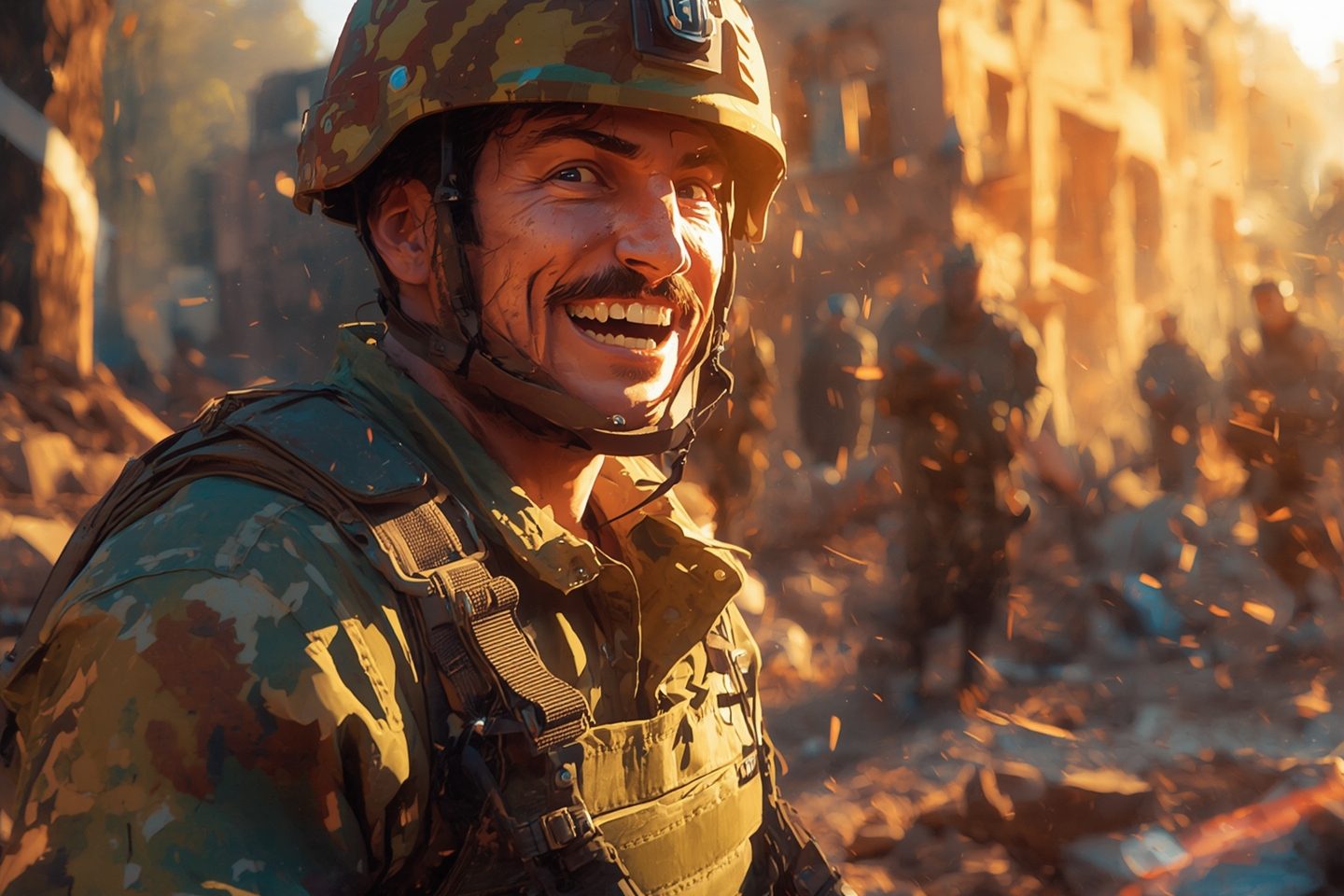Watching Dead to Rights (南京照相馆, Aug 2025) last weekend left me shaken. There’s one scene I can’t unsee: a soldier smashing a baby to the ground, then killing her with a bullet to her head, so that she would stop crying. I looked away, but the image stayed. My first thought was: Everyone should watch this!
See how quickly humanity can dissolve. Learn from it.
Now, should everyone watch it?
The truth is that some will never do, especially those with vested interest in wars, be it profit, prejudice, power-grabbing, or what have you. Others might watch but take away the wrong lesson, like renewed hatred. If you leave hating a nationality rather than understanding how dehumanisation works, you’ve missed an important point.
Then, there are those with a bad history of trauma or abuse that could be easily triggered into a downward spiral. They should be spared or, at least, mindful if they decide to brave such confronting scenes.
We love to make monsters of our enemies. It’s comforting to think evil is someone else, or something non-human — freaks, demons, pigs — because it spares us the unbearable truth: ordinary people do commit atrocities. Myths, nursery rhymes, and even the “devil made me do it” excuse all serve this displacement. The guilt is too heavy to own, so we push it outward.
From a learning design lens
(I know, but bear with me) Films like this can be transformative, but perhaps if we prepare the audience, give them context, and guide them through reflection. Without that, it risks being pure shock – and gosh, was I shocked. With the right scaffolding, though, it can teach not just history, but the mechanics of cruelty and the fragility of morality.
The film is great, don’t get me wrong, but I feel they could have done more to show nuance — dissenters, conflicted soldiers — to make clear that cruelty is a choice, not a cultural or national trait. Because if we leave thinking “they” are the monsters, we’ve learned nothing.
When Netflix launched the show 13 Reasons Why, it sparked concern amongst mental health professionals for its graphic depiction of teen suicide. In response, they added:
- warning announcements by cast members before episodes, explaining the sensitive content and advising viewers to seek help if needed
- A companion website offering resources, discussion guides, and crisis hotline links
- An after-show (“Beyond the Reasons”) featuring cast discussions with mental health experts
- Soundtrack proceeds donated to organisations supporting mental health and suicide prevention
- A broad toolkit for educators, parents, and clinicians designed to guide responsible discussions around the theme
Although the first season included only content warnings, these additional measures showed a growing commitment to mitigating harm and fostering reflection.
In the spirit of art imitates life, and vice versa, we have plenty of examples today of narratives dividing from neighbourhood to entire nations. It usually makes a divide between us, the righteous, and them: the terrorists, or the ones stealing our jobs, or the foreigners that don’t belong here, and the list goes on. Sounds familiar?

Blaming monsters is easy.
Remembering honestly, not so much. It forces us to see that the same hands that cradle babies can also kill them — and that preventing that descent is our job. It’s everyone’s job. Every day.
